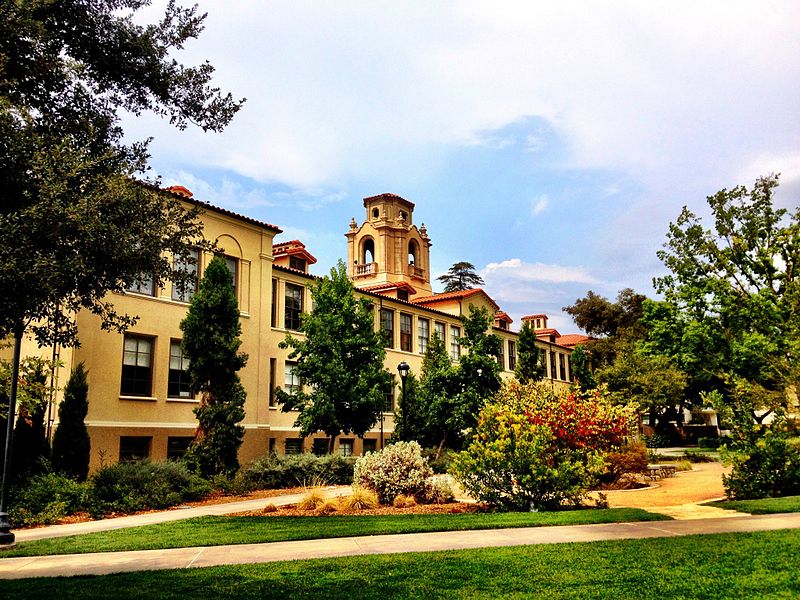Views expressed in opinion columns are the author’s own.
If you press your ear to the tracks, you can hear the train coming long before you can see it. In higher education, those who are listening hear a paradigm shift coming. A hint: In New Jersey, small and midsize private colleges are losing students astonishingly fast. These small schools include liberal arts colleges, which David Breneman defined as “small, residential schools that enroll students mainly between the ages of 18 and 24 and award bachelor’s degrees in humanities and sciences,” according to U.S. News and World Report. Moody’s Investor Service, a bond credit rating corporation, indicates dire straits for many small colleges and predicts a notable rise in closures and mergers in the coming years.
Across the nation, college enrollment is down. Large public universities, though, are doing just fine. Between 2013 and 2016, Maryland saw a 5 percent bump in total enrollment. In 2017, most of the Big 10 universities saw an increase in total enrollment. The real squeeze is being applied to small liberal arts colleges — which, in many ways, represent a model of higher education that’s starting to fall out of favor.
The historical American archetype for higher education, perhaps predicated on the old-guard English colleges, is more or less as follows. The student, on the cusp of becoming an adult, is sent by his parents to the ivory towers of a small elite college. After four years of rubbing elbows with students from similar backgrounds and being instructed by intellectual titans, our hypothetical student emerges from his liberal arts cocoon and heads off into the world.
The model is changing. Rising tuition costs have applied a lot of pressure to the college decision process, and the recession certainly made most families think long and hard about the value of a $200,000 undergraduate education. Accordingly, the top tier of small private liberal arts colleges has increasingly become the province of the wealthy elite. The other tiers are starting to get squeezed out.
It’s not all about money, too. The world looks very different in 2017 than it did in 1965. The “name brand” of your school probably isn’t enough to get you in the door for an interview anymore. The relative weight of your experiences has increased, making internships and other professional experiences imperative. The old model, then, of the isolated ivory tower may even disadvantage students. Being educated in an urban environment, replete with opportunities for pre-professional experiences, is a huge boon — and another knock on the isolated private college.
The issue seems to boil down to one question: What do we want out of college? Today’s globalized, diverse world seems to naturally disfavor the ivory tower in the woods, learning about society while being segregated from it. That model may be just fine for the super-elite, who have the requisite means and value set to permit that kind of education. Closer to the center of the bell curve though, we see a trend: Students are increasingly attending large, public universities in urban environments.
I feel that there’s a key subtext to the debate at hand that I would frame as learning about society versus learning in society. To my thinking, that’s the backdrop for a buzzword that gets thrown around a lot: diversity. I feel blessed that my education has taken place in an environment that matches the diversity of the world at large. That’s something many small private colleges can’t say.
There’s a ripple visible in the data. Large public institutions are booming, and the upper echelon of elite private colleges is carrying on just fine. The mid-tier programs — primarily small, relatively isolated liberal arts ones — are starting to struggle. As that ripple picks up speed, they’re going to have to adapt to a world for which they weren’t designed, or perish in the wave.
Jack Siglin is a senior physiology and neurobiology major. He can be reached at jsiglindbk@gmail.com.



